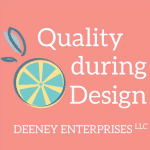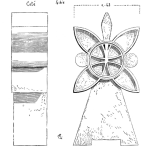
Mastering the Art of Maintenance: Michelle Ash
Joining Andrew on this episode is the remarkable Michelle Ash, a true industry leader with over two decades of experience in mining and manufacturing. Michelle’s journey from a general engineer to her current role as the technology executive at Ooz Minerals is nothing short of inspiring.
As the conversation unfolds, Michelle reveals the surprises she encountered along her path to success, including unexpected opportunities that pushed her beyond her comfort zone. With the support of visionary mentors and a willingness to embrace challenges, Michelle’s rise in the industry has been awe-inspiring.
Drawing on her diverse educational background, which includes engineering, business, psychology, and economics, Michelle embodies the spirit of a lifelong learner. Her thirst for knowledge has not only propelled her career but also honed her ability to understand and influence people, making her an exceptional leader.
Andrew and Michelle delve into the often-underestimated role of engineers as both creators and communicators. They explore the challenges of selling innovative ideas and the importance of building relationships and understanding individual perspectives. Michelle’s candid anecdotes and genuine enthusiasm for driving change shine through, leaving listeners inspired and eager to tackle their own professional journeys.
Prepare to be captivated as Michelle shares her unique insights into bridging the gap between technical expertise and people skills. Her infectious passion for continuous learning and adaptability is a testament to the transformative power of embracing new ideas and perspectives.
Fascinating discussion with the recently appointed head of BHP’s Copper Assets, Michelle Ash – her time in maintenance, leadership, women and diversity in heavy industry, and automation.







 Ask a question or send along a comment.
Please login to view and use the contact form.
Ask a question or send along a comment.
Please login to view and use the contact form.